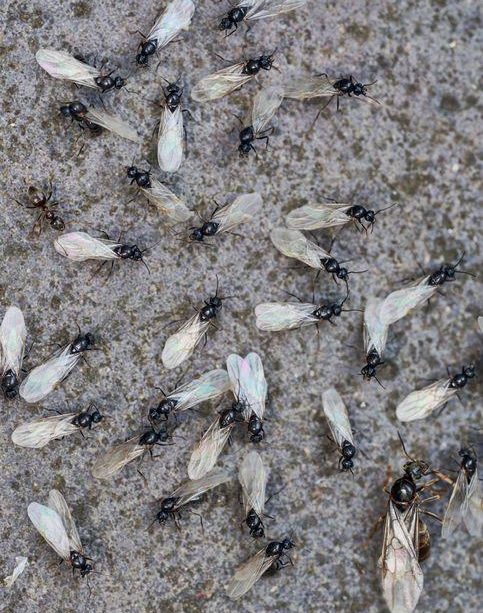Understanding Flying Ants Day: A Summer Phenomenon

Introduction to Flying Ants Day
Every summer, the United Kingdom witnesses a remarkable event known as Flying Ants Day. Typically occurring in July or August, this day marks the mass emergence of flying ants from their nests, fascinating many while causing concern for others. The importance of this phenomenon lies not only in its cultural significance but also in its ecological impact. Understanding the reasons behind this day and its implications can deepen our appreciation of local wildlife.
What is Flying Ants Day?
Flying Ants Day refers to the day when millions of ants, particularly the species known as black garden ants, take to the skies to mate. This natural event, often promoted by warm, humid weather, sees these ants leave their nests in droves, marking a crucial phase in their life cycle. As research has shown, a combination of specific meteorological conditions usually triggers this event, making it a somewhat predictable occurrence.
The Science Behind the Swarm
The emergence is primarily linked to the reproduction cycle of the ants. On Flying Ants Day, winged males and females leave their colonies to engage in nuptial flights where mating occurs. After this, the males typically die, while the fertilised females seek new nesting sites to start their colonies. This significant population boom and subsequent mating ritual is crucial for maintaining the ant population and promoting genetic diversity.
Cultural and Environmental Impact
While many enjoy observing this unique natural display, others are less enthusiastic, particularly those who may find the swarms unsettling. Interestingly, Flying Ants Day can provoke various responses, from excitement about nature’s wonders to irritation as ants swarm around outdoor activities. Moreover, the presence of these flying ants can also provide insights into the ecological health of local environments, serving as indicators of climate patterns and biodiversity.
Conclusion: The Significance of Flying Ants Day
As we look ahead to this year’s Flying Ants Day, it is essential to embrace the opportunity to observe and appreciate this natural phenomenon. Enhanced awareness of flying ants’ role in local ecosystems may lead to greater understanding and conservation efforts. Whether viewed as a nuisance or a marvel of nature, Flying Ants Day serves as a reminder of the intricate relationships within our ecosystems and the complex behaviours of the creatures that inhabit them. As climate change continues to impact our environment, observing these patterns may become increasingly important for conservationists and nature lovers alike.









